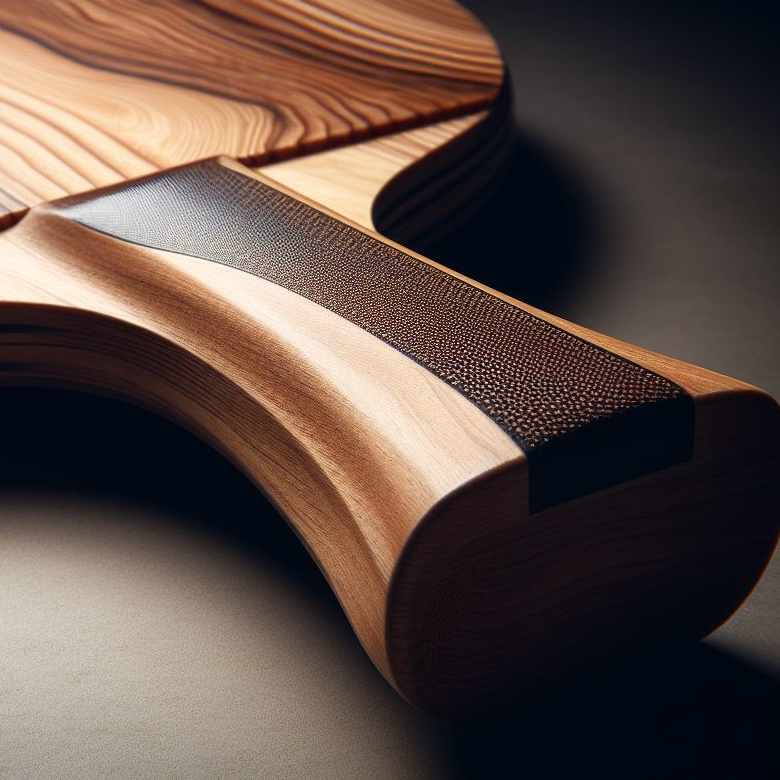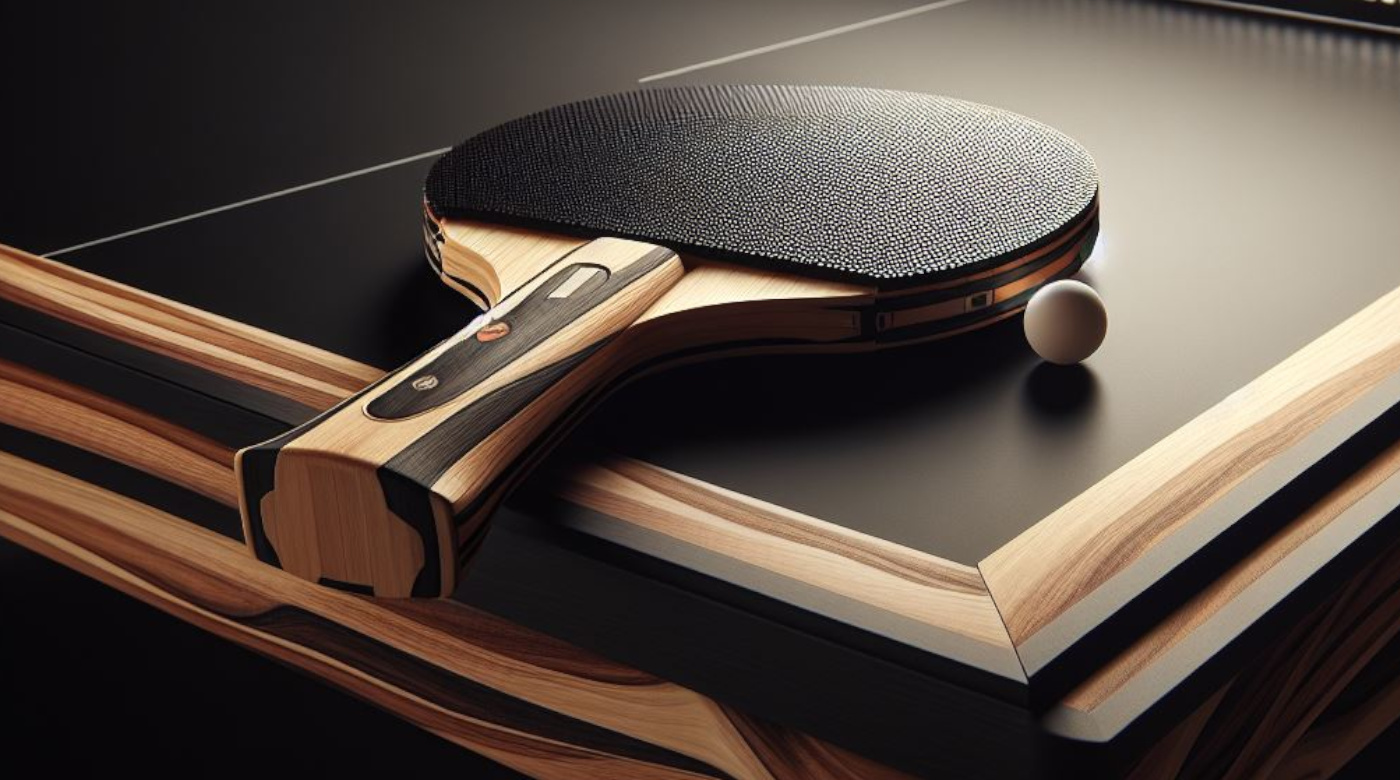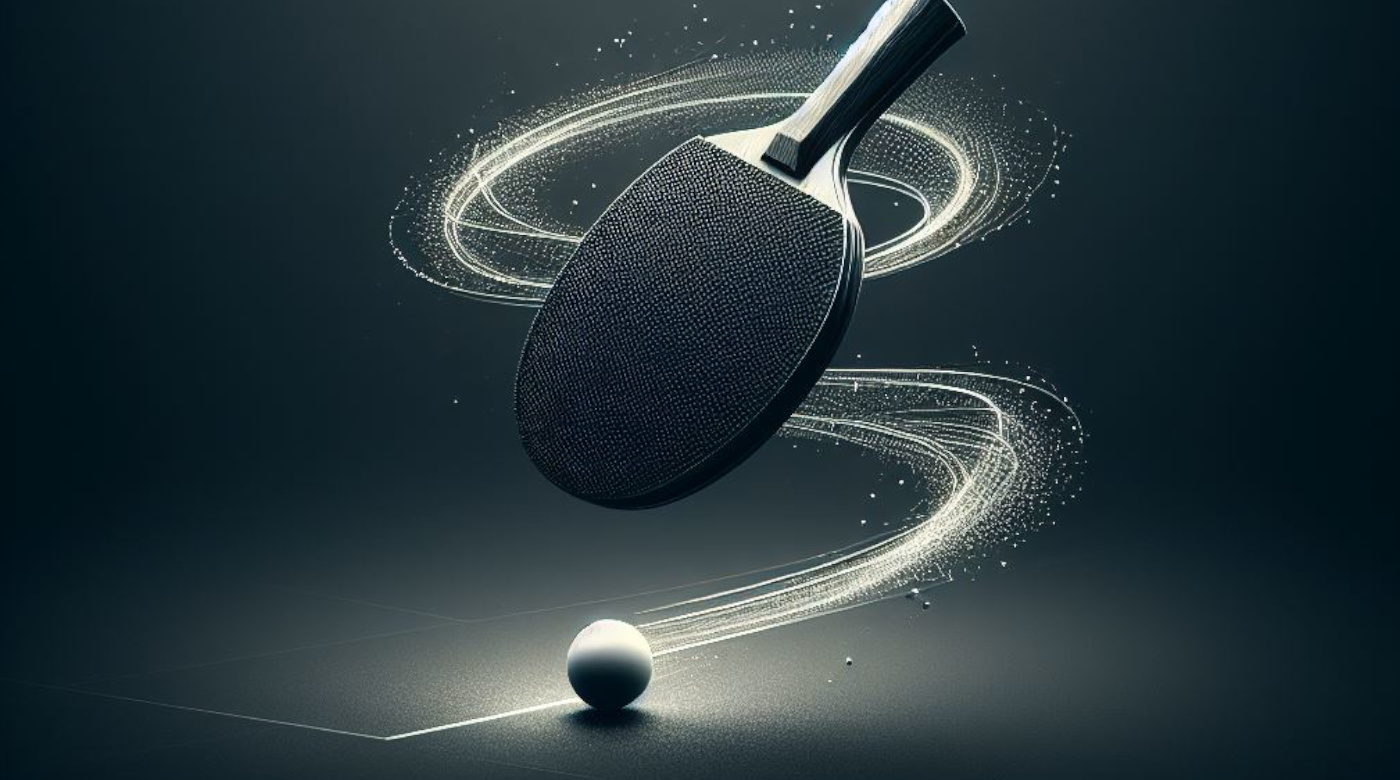Your cart is currently empty!
Advice and Recommendations for Players
Choosing and maintaining the rubbers of your table tennis racket is essential for optimizing your performance. The rubber plays a crucial role in speed, spin, and ball control. Yet, many players wonder when it’s time to change their rubbers.
In this article, we will explore the signs indicating it’s time to replace your rubbers, the criteria to consider, and some tips to prolong their lifespan.
The Importance of Rubber in Table Tennis
The rubber on your racket is one of the key elements of your game. It directly influences your ability to perform powerful shots, control the ball, and generate spin. There are different types of rubbers, each offering specific characteristics, whether in terms of hardness, grip, or speed.
Rubber can degrade over time, affecting your game’s performance. Therefore, it’s essential to know when to replace it to maintain an optimal performance level.
- Rubber determines the speed, spin, and control of the ball.
- There are several types of rubbers: smooth, anti-spin, and pimples.
- Aging rubber can negatively affect performance.
Signs that Your Table Tennis Rubber is Worn Out
Several signs may indicate it’s time to change the rubber on your racket. Wear of the pimples, loss of grip, or surface degradation are common indicators that your rubber is no longer functioning optimally. But how can you recognize these signs precisely?
- Loss of spin: If you notice the ball is not spinning as much, it’s an obvious sign that your rubber is worn out.
- Deterioration of pimples: The pimples start to deform or break, reducing control and shot effectiveness.
- Decreased grip: A smooth rubber that no longer sticks properly to the ball loses its effectiveness.
- Visible wear: If you see cuts or deep marks on the rubber, it means it’s time to change it.
The Lifespan of a Table Tennis Rubber
The lifespan of a rubber depends on several factors, including frequency of use, playing conditions, and rubber maintenance. A competition player who plays several hours a day will see their rubber wear out faster than an amateur player.
Generally, a table tennis rubber lasts between 6 months and a year, but it’s essential to regularly inspect it for signs of wear.
- A rubber can last between 6 months and 1 year.
- Playing frequency influences rubber lifespan.
- Maintenance can prolong rubber lifespan (cleaning, storage).
The Impact of Playing Frequency on Rubber
The frequency at which you play has a direct influence on rubber wear. The more often you play, the more your rubber will be used and the faster it will deteriorate. A competition player, in particular, may need to replace their rubber more frequently than recreational players.
- Playing several hours per week accelerates rubber wear.
- Professional players often change rubbers.
- A higher quality rubber can last longer, even with high playing frequency.
How to Choose a New Rubber
Choosing a new rubber depends on your playing style. You need to consider factors such as the type of shots you frequently make (topspin, block, defense), your playing level, and personal preferences. Some players prefer faster rubbers, while others opt for more control.
- Choose a rubber based on your playing style.
- Consider rubber hardness, grip, and speed.
- Test different options to find the one that best suits your game.
Rubber Maintenance and Storage
Proper maintenance can prolong the lifespan of your rubber. Regular cleaning after each session is essential to remove dust and glue residues that can reduce grip. It’s also recommended to store your racket in a dry place away from excessive heat to avoid premature rubber degradation.
- Clean the rubber after each playing session.
- Use specific products to maintain grip.
- Store the racket in a cool, dry place to preserve the rubber.
When to Change Your Rubber Based on Your Playing Level
The timing for changing your rubber can also vary based on the player’s level. An amateur player may be able to use their rubber longer than a professional player who needs to maintain high performance. Advanced players may need to replace their rubber more frequently to remain competitive.
- Professional players change their rubbers more often.
- Amateur players can wait longer before replacing their rubber.
- It’s important to monitor performance to determine when to change the rubber.
When and Why to Change Table Tennis Rubbers?
You should change table tennis rubbers as it is an essential step to maintain high performance. By monitoring signs of wear and properly maintaining your racket, you can prolong the lifespan of your rubber. When loss of spin, deterioration of pimples, or loss of grip become visible, it’s time to change. Finally, based on your playing level and style, it’s important to choose a rubber suited to your needs to continue progressing.
- Choose a rubber suited to your playing style and level.
- Monitor signs of wear to know when to change your rubber.
- Maintenance can prolong the lifespan of your rubber.
Featured image: Mamba Blades Image “When to Change Table Tennis Rubbers”
FEEL THE
DIFFERNECE…



